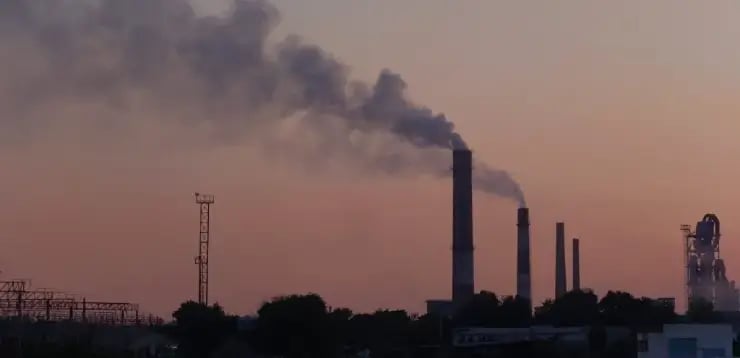An article by veteran American environmental campaigner Bill McKibben appearing in Rolling Stone a couple of years ago framed the issue of dealing with climate change in a simple and remarkably vivid way. McKibben posed climate change as a problem of simple arithmetic – the headline read “Global Warming’s Terrifying New Math”. That math involves three key numbers:
- 2 – degrees global temperature increase.
- 565 – gigatons (gt) of fossil fuels that might be “safely” burnt to meet the 2°Ctarget.
- 2795 – gt of carbon in proven reserves of fossil fuels.
As the latest IPCC report noted in its discussion of “unburnable carbon”, the only conclusion possible as a result of doing the math is that most of these reserves must stay in the ground. Part of McKibbon’s prescription for making this happen is a global divestment campaign (see 350.org).
The figure of proven reserves – 2795 – comes from the Carbon Tracker Initiative where accountants trawled through databases to figure out how much carbon was sitting on company balance sheets. Yet this proven reserves figure is likely to be significantly understated because of the recent surge in projects (particularly in the US) to exploit shale oil and gas as well as other unconventional gas sources.
Although these reserves are still technically in the ground, from the perspective of accountants and investors they are above ground because they have been factored into share prices. This simply reflects the market’s assumption that it will be burnt. So according to the world’s financial markets we are set for a catastrophe.
But markets are quite capable of getting it wrong and these reserves might end up becoming “stranded assets”. Assets become stranded when they are unable to be realized at their current value. The implication of this unburnable carbon is that many believe there is a significant carbon bubble forming in financial markets. It is estimated that the value of proven reserves (relating to the 2795 gt of carbon) is $27 trillion – so if you leave eighty percent of it unburnt, you must write off more than twenty trillion dollars. To put this into perspective – the global financial crisis involved losses (perhaps) in the order of $12 trillion. Where does your pension fund invest?
A team from Oxford assessed the unburnable carbon/stranded assets situation with a comprehensive report entitled “Stranded assets and the fossil fuel divestment campaign: what does divestment mean for the valuation of fossil fuel assets?”. The findings and recommendations were interesting and suggested that the divestment campaign would have an initially weak influence on share prices of firms with exposure to fossil fuel risk. But its effect would be primarily felt in terms of stigmatization which “while likely to cost fossil fuel companies billions, is unlikely to threaten their survival. Coal companies will probably be the hardest hit segment of the market”.
The aim of those advocating for divestment and carbon transparency is to create awareness of the carbon bubble which might channel investment funds into other areas such as alternative energy. In its global energy outlook 2014 report the International Energy Agency (gu)estimates that investment somewhere in the order of $50 trillion (a fifth of which is in efficiency measures) is required by 2035 in order to bend the global economy towards a path that might make 2°C possible.
Transparency advocates are gaining some traction. In March this year ExxonMobil – under pressure from shareholder groups – became the first of the oil majors to detail their exposure to potential “stranding” or in their careful wording, exposure to “stricter limits on carbon emissions”. This disclosure came in response to an earlier shareholder resolution that had highlighted the possibility of lower fossil fuel prices resulting from “carbon regulation or market forces.”
Article image by Dave Lisle.





